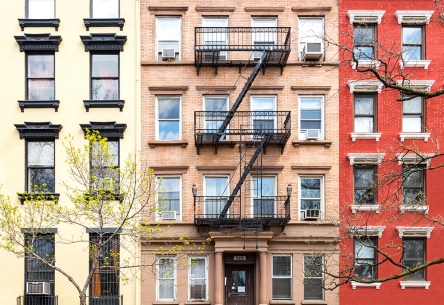Last year, New York state implemented new protections for residents of rent-stabilized and market-rate housing, including the conditions under which rent hikes and evictions are allowed. Affordable housing advocates saw the landmark Housing Stability and Tenant Protection Act of 2019 as vital to helping low-income people avoid homelessness in expensive markets such as New York City. Skeptics predicted it would backfire and reduce incentives to develop, invest in and manage rental housing. The law has been under siege in the courts from landlord interests who claim it violates the Constitution’s taking and due process provisions. One year into the new era, has either side been proven right? Obviously, a lot has changed in the New York rental market since the law was signed in June 2019. But in December of that year, before the COVID-19 pandemic took hold, the New York Times reported that evictions in the state dropped by 20% in the preceding six months. State and federal provisions put in place during COVID have further strengthened eviction protections for more than 1.5 million state residents not able to pay rent due to the pandemic. In April and May, rents in New York City actually went up year over year. The Times reported in June that “those looking to sign or renew leases in the last few months say that while some landlords are grudgingly offering short-term concessions, like a free month of rent, most are unwilling to budge on pre-pandemic pricing and, in some cases, are even increasing rents.” And how about rent payments? Yardi Matrix data collected in July revealed rent declines ranging from 0.8% to 1.6% in Brooklyn, Manhattan and Queens that month, while occupancy levels in the metro have been flat for several months. “With the vacancy rate where...

